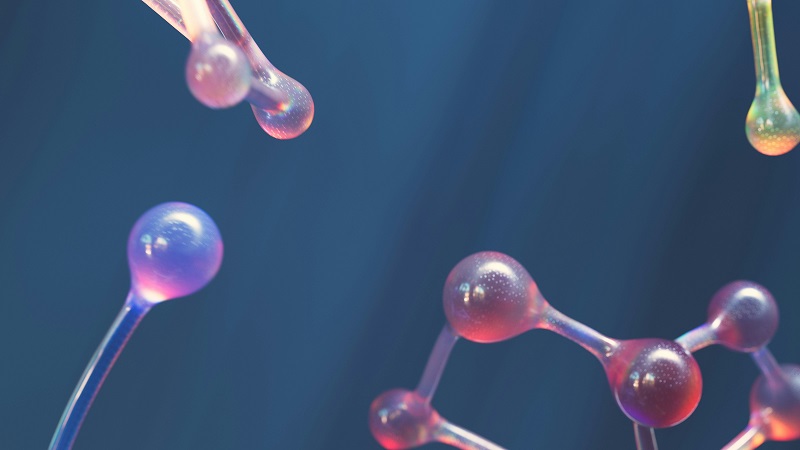The human body is a complex system made up of trillions of cells, each with its own unique set of proteins that perform specific functions. One such protein is the CILP protein, which has been gaining attention in the scientific community due to its potential role in various diseases. In this article, we’ll delve into what the CILP protein is, its functions, and the recent research surrounding it.
What is the CILP Protein?
CILP stands for Cartilage Link Protein, and as its name suggests, it is primarily found in cartilage, a type of connective tissue found throughout the body. Cartilage provides cushioning and support to joints, and it also makes up parts of the ear, nose, and bronchi of the lungs. The CILP protein plays a crucial role in the structure and function of cartilage by helping to link together collagen and proteoglycan molecules, the main components of cartilage.
Functions of the CILP Protein
The CILP protein acts as a bridge between collagen fibrils and proteoglycan aggregates in cartilage. Collagen gives cartilage its strength and resilience, while proteoglycans provide it with compressive resistance. The CILP protein helps to organize these molecules into a functional matrix that can withstand the mechanical stresses placed on cartilage. Without the CILP protein, the cartilage matrix would be disorganized and weakened.
CILP and Disease
Dysfunction of the CILP protein has been implicated in several diseases that affect cartilage. Mutations in the CILP gene can lead to rare genetic disorders such as otospondylomegaepiphyseal dysplasia (OSMED), which is characterized by skeletal abnormalities and hearing loss. The CILP protein has also been studied in relation to more common conditions like osteoarthritis, where cartilage in the joints breaks down over time.
Recent Research on the CILP Protein
In recent years, researchers have been studying the CILP protein in greater detail to understand its role in both health and disease. One study published in the journal Matrix Biology found that the CILP protein is not only structurally important to cartilage, but it also plays a role in regulating the metabolism of chondrocytes, the cells that produce and maintain the cartilage matrix. The researchers found that CILP-deficient chondrocytes had altered levels of genes involved in cartilage turnover, suggesting that the CILP protein helps to balance the breakdown and buildup of cartilage.
Another study published in the Journal of Biological Chemistry found that the CILP protein interacts with other molecules in the cartilage matrix beyond just collagen and proteoglycans. The researchers discovered that CILP can bind to fibronectin, a protein that helps cells adhere to the extracellular matrix. This interaction may play a role in how chondrocytes respond to changes in their mechanical environment, such as the stresses and strains placed on joints during movement.
Future Directions
While our understanding of the CILP protein has come a long way, there is still much to be discovered. Future research should continue to investigate how the CILP protein influences cartilage metabolism and how its dysfunction leads to disease. With a better understanding of the CILP protein, scientists may be able to develop new therapeutic strategies for treating conditions like osteoarthritis, which affects millions of people worldwide.




